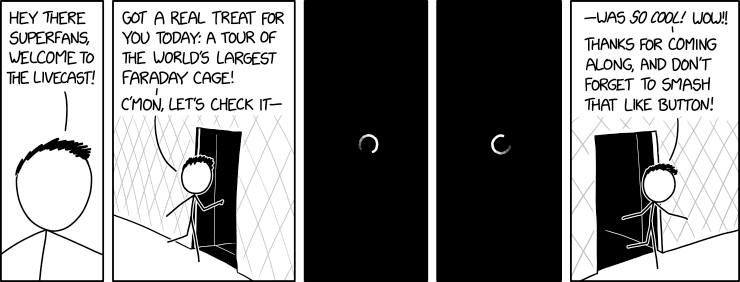To understand Cognitive Radios, you
have to understand that the term Cognitive Radio came directly from
Joseph Mitola's research in the mid to late 90's.
He was well
known for being a software guy who got into RF. His early research was
in software radios and the term "Cognitive Radio" was coined in 1999.
To understand why "cognitive radio" became a thing, one has to understand why "software radios" became a thing.
First,
virtually all radio systems (even those developed now) are done by
deciding the spectrum, modulation, and propagation methods up front. You
do this so you can decide what the link budget (bandwidth) of your
connection is, determine whether the signal is analog or digital, pulsed
or CW, the modulation, demodulation, filters, mixers, noise floor,
sampling, amplification, antennas, etc. This is why you typically see
new wifi and cellular systems determined "by spec". The spec informs the
hardware design and vice versa. This is also why you often hear about
bandwidth allocation as a hot topic - not only is bandwidth
fundamentally "squatters rights", so that organization and adherence to
rules is important, the bandwidth allocation also fundamentally informs
which physics are important and therefore the hardware of the radio
system itself.
Second, the digital theory of information
fundamentally transformed radio, and was in the process of transforming
radio for several decades. There was a lot known about the digital
equivalence of physical devices like filters, and phenomenon like noise,
and ideas like channel capacity, but due to the nyquist theorem, it was
actually very difficult to take advantage of any of the knowledge
gained because computers were simply not fast enough to perform the
necessary mathematical operations quickly to convert voltages to bits,
compute, modify the bits, then convert back to voltage - especially at
higher and higher frequencies. (Notice how your communications devices
get faster and faster data rates over time? You can thank the fact that
computing hardware is getting faster and faster.)
With the advent
of fast computational devices (DSPs, mostly) it became possible to
implement a lot of the theoretical advantages of digitized waveforms.
Third,
RF designers started to look at the fundamental hardware building
blocks of a radio, especially the filtering, modulation/demodulation.
and mixing stages - which were often analog components that were "off
the shelf" and fixed quantities, and created theories around how to
create generalized digital representations of these devices. Once the
fundamental building blocks became well understood in terms of how to
build software representations of these devices, and hardware became
fast enough to implement some of these software representations of once
fixed hardware devices (in practice, this is still extremely primitive -
even in 2020 terms), researchers began to earnestly look at how one
might be able to create dynamically reconfigurable RF systems.
And
the representation of these dynamically reconfigurable RF systems? Of
course, it is done as a language, and therefore, programmed in software.
Hence the field of "Software Radio."
Now that you realize how
radio got into the software domain, you have to understand that the term
"cognitive radio" is just any software radio that implements Mitola's
Congitive Cycle, which is basically just a feedback loop, where a radio
listens to its environment and then adapts its RF operation to best
reach the receiver.
There was a program in 2012 called COMMEX
(Communication through Extreme Interference) by DARPA that was
ultimately won using a Cognitive Radio approach.
This is just a
vastly simplified explanation. To really understand the concept of how
AI can be used to steer the software radio system to receive receivers
through difficult links / signal paths, you have to understand that AI
is just a combination of linear algebra and statistical mathematics
being used to solve objective functions. But now, maybe you have more to
explore in terms of why AI and Cognitive Radio became a thing, and why
it might be useful for this kind of situation.

